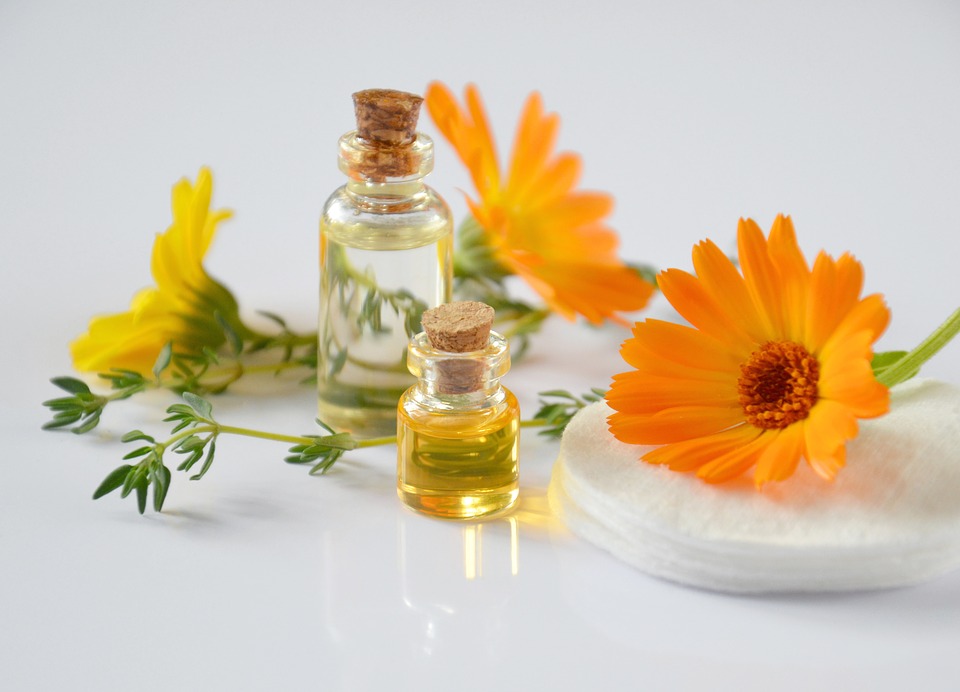Contents
You have probably heard many wonderful things about the benefits of essential oils for health, well-being, mood, and so on, that you may want to include them in your life, but perhaps you’re not sure where to begin. Not to worry! Here are some factors to consider when choosing essential oils.
Purpose
Why do you want to use essential oils? Are you hoping to relieve certain symptoms such as headache? Are you trying to help manage a specific condition like athlete’s foot or insomnia? Do you want to reduce stress and tension? Or do you simply want to enhance your personal or workspace? It’s important to identify the reason for wanting to use essential oils so you can choose the most appropriate product. There are dozens of essential oils from which to choose from and many of them can be appropriate for more than one purpose. Investigate your options and consult a knowledgeable essential oil professional for assistance.
Carrier oils
If you are looking to use essential oils topically, they will require the use of carrier oils, like almond, jojoba, coconut, apricot kernel, olive, etc. These oils are mixed with the essential oils to dilute them before they are applied to the skin. Carrier oils don’t have a strong smell and should be refrigerated until used. The rule of thumb is to use a greater amount of carrier oil to ensure you properly dilute the essential oil.
Allergic reactions
Although essential oils (and carrier oils) are very safe when used correctly, some people do experience allergic reactions to topical use. Reactions may include skin irritation, which may be caused by oils that have been adulterated with synthetic chemicals or that have been altered by exposure to light or heat over time. An itchy rash or hives may be caused by the immune system’s response to chemicals in the oil.
To test for the possibility of experiencing an allergic reaction, you should do a patch test for each essential oil you are considering for topical use. This is especially important if you suffer from allergies and/or take prescription medications.
To do a patch test:
- Mix the essential oil at twice the concentration you plan to use. For example, to use a 3% mixture of essential oil, mix six drops in a teaspoon of carrier oil.
- Place a few drops of the mixture on gauze or the pad of a bandage. Place the gauze/bandage on the skin on the inside of your forearm. Keep it there for 48 hours.
- Remove the gauze/bandage after 48 hours. If the skin is red, swollen, itchy, or irritated, do not use this essential oil.
Skin reactions occur because someone is allergic to the plant from which the oils were derived or to a plant that is closely related to it. For example, if you are allergic to ragweed, you may react to chamomile essential oil.
How to use essential oils
Once you determine which essential oil(s) you need for your purpose and that they are safe for you, you need to identify how you will use them. Essential oils can be used in a variety of ways; that is, applied directly to the skin, inhaled directly, inhaled via steam, inhaled via an essential oil diffuser, used in bathwater, on your pillow, and during an aromatherapy massage. A few essential oils may be taken internally, but this approach often is not recommended.
Authenticity
Be sure to buy essential oils from a good brand and not fragrance oils. These two products are not the same. Any product that includes the words “fragrance,” “perfume,” or “fragrance oil” is not natural and is not an essential oil—even if the word “natural” appears on the label.
Safe for children
If you plan to use essential oils on your children, be aware that children are more sensitive to these oils and that undiluted oils should NEVER be used on infants or children. When using an essential oil recipe for children, use 50 percent of the oil called for in the instructions unless the recipe is specifically for children.
Purity
Don’t be fooled into buying an impure product. To test an essential oil, place a single drop on a piece of construction paper. If the oil evaporates rapidly and does not leave a ring on the paper, it is pure. The presence of a ring indicates that the manufacturer diluted the oil. Note, however, that this test does not work for absolutes, myrrh, and patchouli.


 Andrea Donsky, Registered Holistic Nutritionist (R.H.N) and Founder of Naturally Savvy Media Inc.
Andrea is a pioneer and visionary in the Natural Health Industry. She has combined her expertise as a Registered Holistic Nutritionist and an entrepreneur to educate the public on living a naturally healthy lifestyle. Andrea inspires people to make healthier choices through her businesses, books, articles, videos, speeches, hosting, and media appearances.
Andrea founded Naturally Savvy Media Inc. in 2007, a website (
Andrea Donsky, Registered Holistic Nutritionist (R.H.N) and Founder of Naturally Savvy Media Inc.
Andrea is a pioneer and visionary in the Natural Health Industry. She has combined her expertise as a Registered Holistic Nutritionist and an entrepreneur to educate the public on living a naturally healthy lifestyle. Andrea inspires people to make healthier choices through her businesses, books, articles, videos, speeches, hosting, and media appearances.
Andrea founded Naturally Savvy Media Inc. in 2007, a website (

